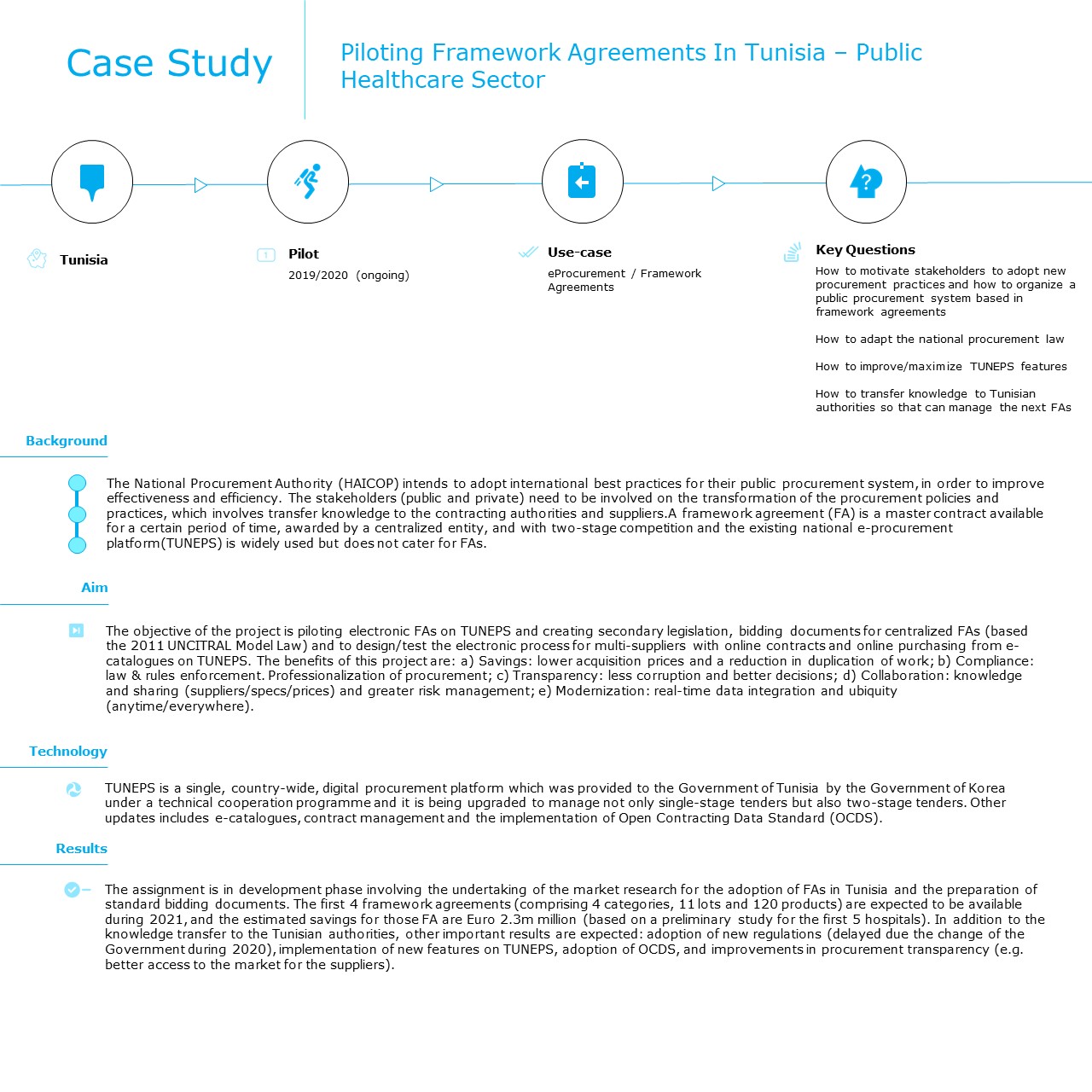MAJOR STRUCTURAL REFORM DEVELOPMENTS

The interbank guarantee fund for bank deposits started operating.
Almost all of the 29 banks operating in Tunisia are taking part in this new public body, which began operating in August 2020 and is managed by the state and the CBT. The fund was mandated by the Banking Law of 2016, which brought a number of sizeable amendments to existing rules and regulations and laid out new frameworks. The bank deposit guarantee fund serves to provide reimbursements in cases provided for by law and up to TD 60,000 (US$ 22,000) in case of default or forced administrative liquidation of a bank. The mission of the fund is to protect the savings of bank clients, reimburse them if their deposits become unavailable and contribute to the stability of the Tunisian financial system.
A new law regulating crowdfunding was passed in August 2020.
It aims to organize a new means to provide financing – based on raising funds from the public via a dedicated online platform – for projects and companies to promote investment, entrepreneurship, creativity and innovation. The Financial Market Council, the CBT and the Microfinance Control Authority will regulate financing through crowdfunding. This law will help to address some of the economic problems that Tunisia is facing, by introducing new means of financing projects, as the private sector has identified lack of access to finance as one of the main obstacles to doing business.
The authorities implemented direct employment measures to target long-term unemployment, but the feasibility of such a strategy is doubtful.
In August 2020 parliament approved a bill that allows the public sector to prioritize recruitment of those aged 35 and over who have been unemployed for more than a decade. Serious questions remain about the feasibility of implementing this law. Tunisia already has one of the highest wage bill to GDP ratios in the world, and several attempts to contain spending and freeze wage increases in previous years faced strong opposition from the powerful labor and trade unions.
Fuel subsidies have been reduced.
In March 2020 the government introduced an automatic adjustment mechanism to align domestic prices with the global market price and reduce fuel subsidies. The technical price adjustment committee, set up by virtue of a decree by the energy and finance ministries in March 2020, sets fuel prices each month. The decree outlines that the maximum monthly adjustment step is no more than 1.5 per cent in either direction. As international fuel prices have been falling, the government was able to cut fuel prices for five consecutive months in 2020, with a 1.4 per cent cut on average in August 2020. The reduction in global oil prices is expected to have a favorable effect on Tunisia’s energy imports and state budget via a reduction in planned fuel subsidy spending.
CASE STUDIES


COUNTRY DATA
TUNIS
CAPITAL
11,690,000
POPULATION
163,610SQ KM
AREA
TUNISIAN DINAR
CURRENCY

HIGHLIGHTS
- The economy is contracting significantly in 2020. The Covid-19 crisis and related containment measures are leading to higher unemployment and rising fiscal deficits, but inflation is lower, foreign exchange reserves are up and the exchange rate is stable.
- The authorities have responded to the crisis with a wide range of measures. The government executed an emergency plan, created a fund for health and social spending, and disbursed cash transfers for the most vulnerable segments of the population. The Central Bank of Tunisia (CBT) reduced the policy interest rate by 150 basis points.
- There has been some progress in structural reforms. The CBT raised the limits on overseas borrowing by local firms, the interbank guarantee fund for bank deposits started operating, and a new law regulating crowdfunding was approved.
KEY PRIORITIES
- Digitization of government services should continue. During the Covid-19 crisis, several digital applications were developed to meet the needs of the administration with a large number of ministries and several online services, such as tax regulation. Increased literacy of the population alongside upgraded digital infrastructure in southern and interior regions will allow digital technology and electronic payments to be applied more widely.
- Tunisia could benefit from the relocation of European and Asian industry to the southern Mediterranean post-Covid-19. Tunisia should develop its international positioning to benefit from a wide range of business opportunities. Essential reforms include improving the competitiveness of economic sectors such as health and education, agricultural and agro-food, automotive and textiles.
- The authorities should commit to further reforms in the energy sector and public administration. Key reforms on the agenda include a reduction in energy subsidies and streamlining of the civil service wage structure.






